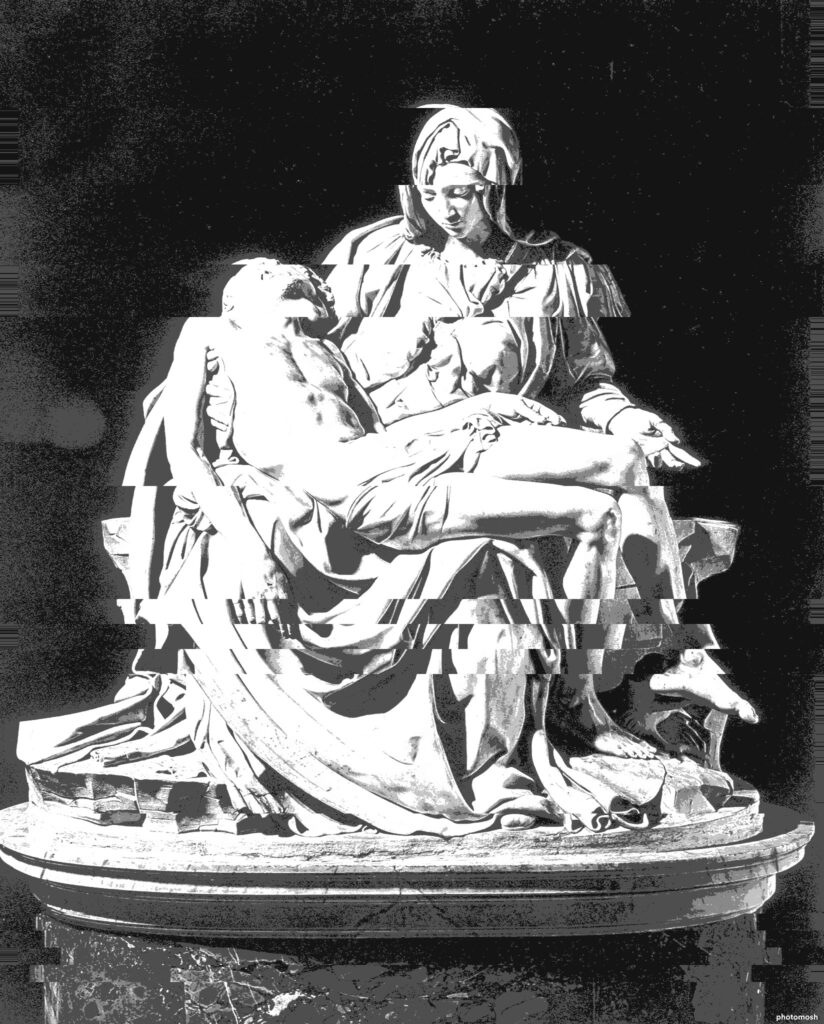1 Again he entered the synagogue, and a man was there who had a withered hand.
Jesus returns to his visiting of the Synagogues during the Sabbath services. Although there were typically three services a week of reading and teaching of the scriptures in the Synagogue. The Sabbath however was the most populated service, each town had their own Synagogue and all Jews would attend these services in their respective towns. Jesus uses these events to teach the most amount of people in the most reasonable setting. The Synagogue services themselves were formed during the Exile period where they could not do the rituals in the Temple because they did not have one. The Synagogue became the central regular gathering place of common Jews as a temporal holdover until the fulfilment of God’s promises and the teaching of the Mosaic Law.
Upon entering the Synagogue, Mark tells us of a man present who has a withered hand. The “withered hand” likely describes a physical disability where the man’s hand had become shrunken, paralyzed, or deformed, possibly from disease, injury, or birth defect. Although natural and scientific explanations are the norm in modern times, in the context of the Hebrew’s these ailments were typically deemed as a punishment from God for sin, either individually or collectively. Both the Prophet Zechariah and 1 King’s speak of hand withering as a divine punishment from God. In Psalm 137:5 David essentially invites the withering of a hand as a punishment if he ever forgets the City of Jerusalem. So although a real man, he is symbolic of a disobedient Israel.
2 And they watched him, to see whether he would heal him on the sabbath, so that they might accuse him.
The Pharisees watch what Jesus will do, as it is the Sabbath, they seek to exert a rigid legalism in order to constrain him. In their eyes, healing a man with a withered hand would count as work and therefore violate the Mosaic Law of not working on the Sabbath, the day of rest. Mark notes their opportunistic motivations for their misapplying of the Law, they watching if he does something good “so that they might accuse him.” It is possible that the Pharisees have contrived this event, they have brought the man into where Jesus will be in order to try to entrap him, nothing in the text proves this to be the case but it is likely as they purposefully trying to accuse him from the get go.
3 And he said to the man who had the withered hand, “Come here.”
4 And he said to them, “Is it lawful on the sabbath to do good or to do harm, to save life or to kill?” But they were silent.
Jesus decides to tackle the Pharisees interpretation of the Law and the mans withered hand in one go. He tells the man to “Come here” and before actually healing him he turns to the Pharisees, asking the question of whether it is Lawful on the Sabbath to do good to do harm, saving or killing. Jesus changes the action they perceive as “work” which was forbidden on the Sabbath, into an act of mercy which was required, Love of God and love of Neighbour.
With Jesus’ repositioning of the meaning behind the actions he brings the Pharisees into the healing event itself. He is basically saying “Unless you say otherwise, I will heal this man.” If they intervene and prevent it, well they are now stopping a man from being healed of an ailment, which would be breaking the Law, Sabbath or not. They also cannot affirm that he is doing the right thing in healing the man because they are only there in order to try to entrap him. It forces them to remain silent, they try to trap him and Jesus traps them in their own convoluted motivations.
5 And he looked around at them with anger, grieved at their hardness of heart, and said to the man, “Stretch out your hand.” He stretched it out, and his hand was restored.
Jesus looks at the Pharisees with anger, in an appearance to John in the Book of Revelation Jesus will say of one of the Churches to be “hot or cold” if they are lukewarm he will spit them out. Jesus is more angry at their silence than them not just being outright against him. Their hardness of heart make them neither hot or cold. Jesus tells the man to stretch out his hand, he does so and his hand is restored. This healing in and of itself is a sign of divinity, only God can restore withered limbs. Another not so thinly veiled claim of divinity in the Gospel of Mark that people dismiss as a simple magic trick. In the context of the Jewish people, only God can do these actions. Jesus is not a medicine man or magician, this action is a declaration of Divinity.
6 The Pharisees went out, and immediately held counsel with the Herodi-ans against him, how to destroy him.
The Pharisees upon the man being healed leave the Synagogue, immediately, in order to hold counsel with the Herodians. The Herodians are another dominant political group within Judea, they are the supporters of the Herodian dynasty, the Roman established leaders of the Jews. The Pharisees are no friends of these people, in fact, they hated them for their cooperation with the Romans yet here the Pharisees are willing to turn all of that away in order to focus on how to destroy Jesus who reveals them as failed teachers of the law of Moses.


Leave a Reply